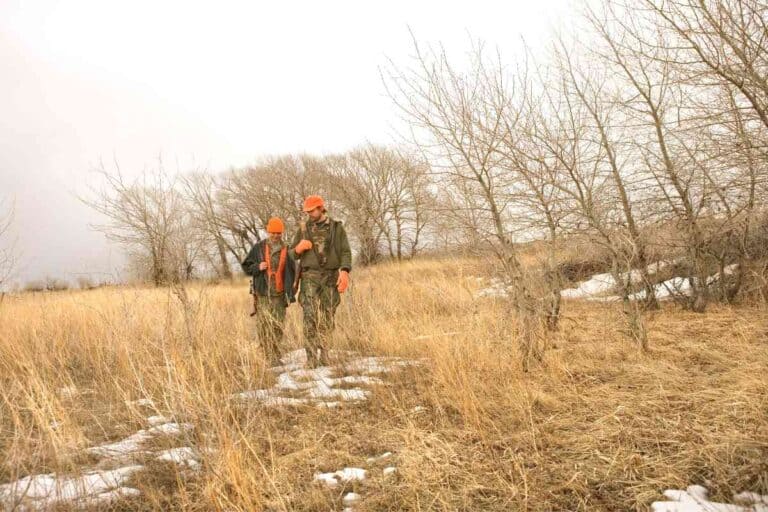Are Log Cabins High Maintenance? [Tips For A Long Life!]
Log cabins are gorgeous pieces of infrastructure that provide a comfortable space. But how easy are they to maintain? Are log cabins high maintenance?
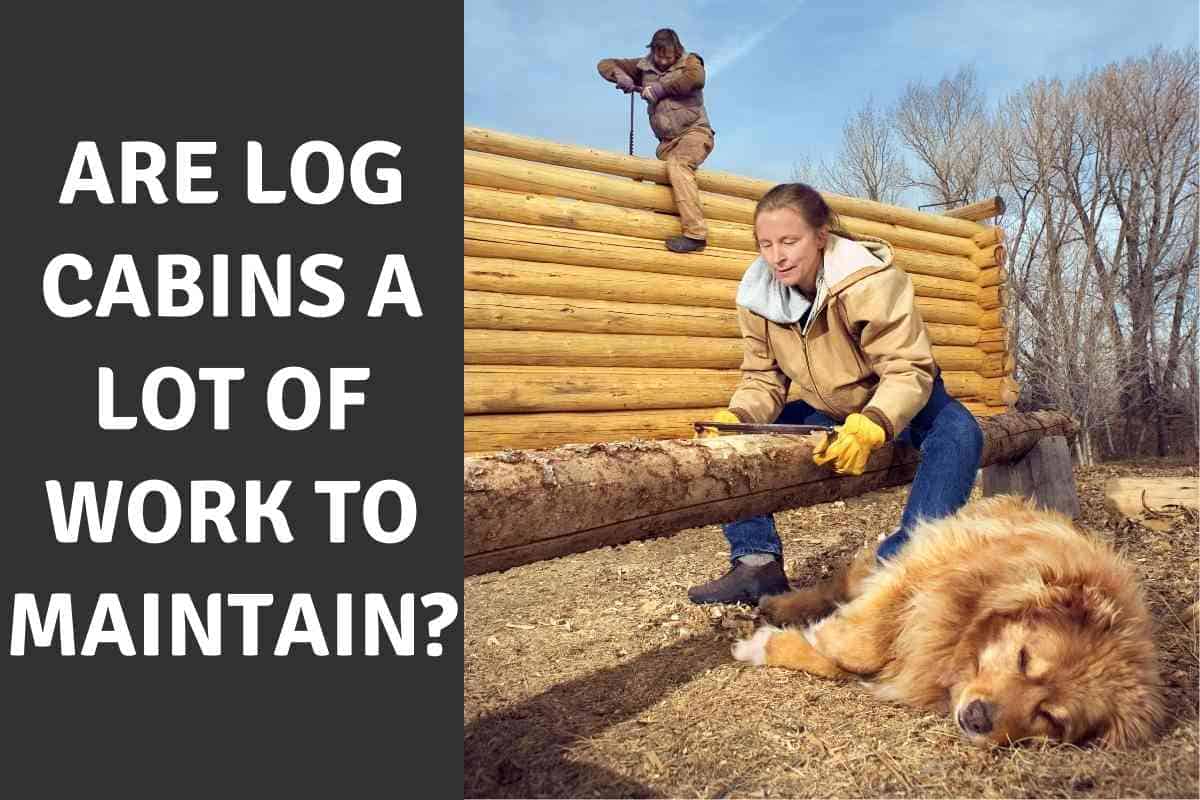
Are Log Cabins High Maintenance?
Log cabins require a lot of maintenance to prevent rot. The two major threats to log cabins are pests and weather conditions. Maintaining them can sometimes be costly and time-consuming. However, if maintained properly, log cabins can last for decades at a stretch.
The structural integrity of log cabins is compromised by carpenter bees, ants, and termites, as well as exposure to weather conditions. These affect both the exterior and interior of your cabin.
Luckily, there are products that can deter these critters. There are also things you can do to ensure your log cabin lasts as long as possible.
What Are the Most Common Issues With Log Homes?
Moisture Problems
Humidity, rain, and snow cause moisture problems in log homes. Moisture leads to wood rot, mold growth, and fungus. Here are some easy ways to prevent moisture issues in log cabins.
- Don’t plant bushes and plants near the walls because they attract moisture. All plants should be kept at least six feet away from log homes.
- Use gutters, trenches, and overhangs to divert rainwater.
- Log cabins should be cleaned, stained, and the chinking should be fixed. Check the areas near the windows and doors for wearing caulk. You should repair the caulk before it allows moisture to enter.
- Build your log cabin at least two feet above ground level. As a result, rainwater won’t splash into the log cabin, causing mold growth, moss growth, and fungus.
Insects and Critters
- To keep insects at bay, use stone rather than mulch, and do not stack firewood near the log cabin. To get rid of carpenter bees, you can use the Blondies Bee Kit and NBS 30 for insects.
- Woodpeckers are also famous for pecking holes into the wood. To keep them away, you can use fake owls or scarecrows.
- Raccoons can also enter through eave holes or dog doors. You must inspect the eaves while locking the dog door whenever you can.
- Also, make sure not to leave cat food or dog food out in the open. Moreover, get rid of trash to keep the raccoons away.
- There shouldn’t be any fishponds near the log cabin since raccoons are attracted to food sources.
- Squirrels also pose a threat to the wiring, the heating system, and wood. They love to raid bird feeders if given a chance. You can either invest in a rotating bird feeder or keep the bird feeder away from the log cabin.
- You can also use a big wire screen on the roof to keep squirrels away.
UV Ray Damage
UV rays damage the wood, thus paving the way for microfungi to feed off of it. Here are some tips to protect your log cabin from the sun’s UV rays.
- Invest in shades around the house so the sun’s rays don’t land directly on the log cabin.
- You can use trees, overhands, or decks with shade cover. However, remember to plant trees away from the log cabin to avoid the buildup of moisture.
- You must stain the log cabin to keep it safe from the sun’s UV rays.
Do Log Cabins Require Ample Maintenance?
As we have discussed above, log cabins are high maintenance structures. Just like other materials, wooden logs can shift and expand.
This should be factored in during the construction process. Moreover, they should be sealed and resealed every year.
Other issues include chinking, mold, and mildew. A steel siding can wipe out all of these issues.
Steel is easy to clean and maintain, and it doesn’t require a high level of maintenance like wood does.
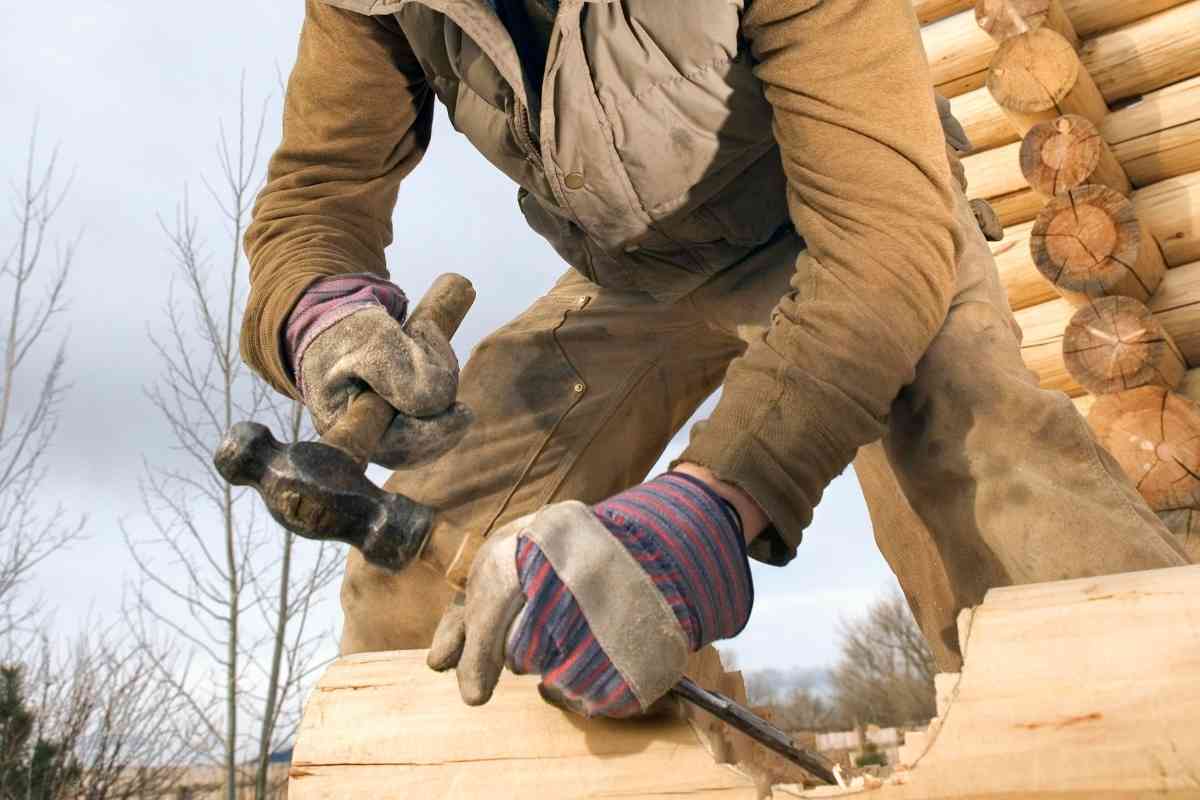
Log Cabins Require Higher Maintenance
First of all, it is difficult to find insurance for your log cabin.
The reason is, log cabins are difficult and expensive to rebuild if they are destroyed – especially compared to something like a container home. Therefore, insurance companies do not provide the necessary insurance. Moreover, even if they do provide insurance, they charge ridiculously high premiums.
As discussed above, steel sidings are sturdy alternatives, and they also eliminate the need for insurance claims.
Do Log Cabins Last Longer?
If kept in good shape, log cabins can last for 20-30 years, and in some extreme cases, even 50 years, much longer than a typical yurt.
Moreover, if they are constructed at a location that doesn’t experience extreme weather change, they can even last for a century or two.
However, if a log cabin isn’t built properly, it probably won’t last more than five years. Here are some of the factors affecting the longevity of your log cabin.
Structure and Build
The structure of your log cabin should be strong and upright.
While log cabins have a reputation for being strong and sturdy, they aren’t completely resistant to extreme weather conditions. Such conditions affect the building materials used in your log cabin.
Medium temperatures can affect the chinking, which can be expensive to repair.
Similarly, extremely hot or cold weather conditions can damage the outside walls, which causes slow deterioration. Therefore, it is always better to inspect the chinking for cracks and holes when checking for water damage.
Materials Used
Choosing the right kind of wood for your log cabin is of utmost importance. Pine is one of the best wood options out there.
Pine has a higher shrinkage rate, but once it has dried, it offers great decay resistance once it has dried.
Then we have Cedar. Cedar is beautiful, aromatic, and has natural fungal resistance. It has a low shrinkage rate, but unlike pine, it doesn’t need to be dried.
Cypress is a high-end option, but it offers a low shrinkage rate and resists fungus, decay, and insects.
Spruce is an affordable option if you hail from the New England area. However, because it’s affordable, it doesn’t offer sufficient decay resistance, but it needs to be dried before using it.
Oak is a great wood for log homes, but it is a bit expensive compared to other kinds of wood. It tends to shrink a lot, and therefore, it must be kiln-dried sufficiently to prevent warping.
While white oak has a higher resistance level, red oak offers a lower amount of resistance, and therefore, it must be treated before use.
With a steel siding, you don’t have to worry about shrinkage, expansion, decay, or pest attacks. Steel siding can provide a log-like appearance to a timber-framed home.
Moreover, a steel siding is insulated and stable, thus protecting your investment and adding to the efficiency of your log cabin.
Maintaining a log cabin can be an arduous task, but it is worth the effort.
Make sure to construct your log cabin away from moisture sources and keep them shaded to prevent direct sun exposure. Also, have them inspected for holes, cracks, mold, and mildew growth.
Also, don’t skimp on sealing and staining.

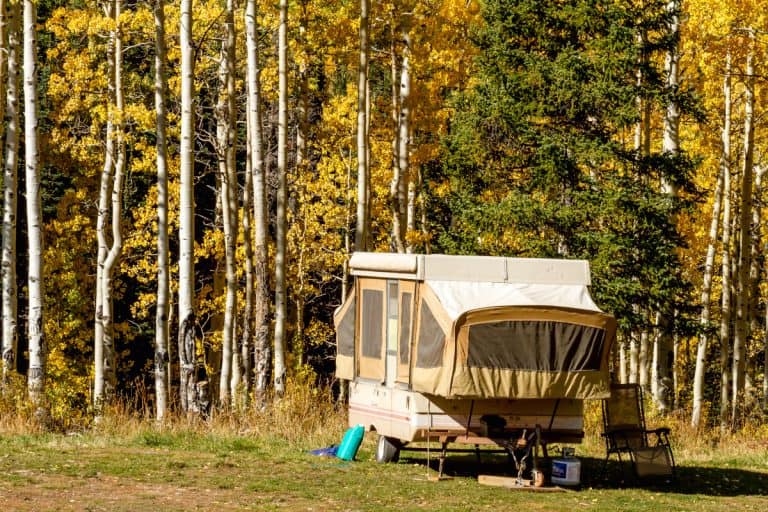
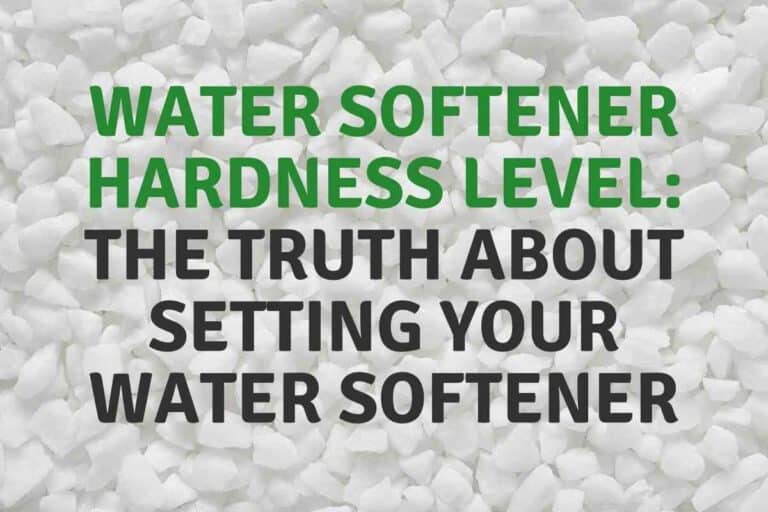
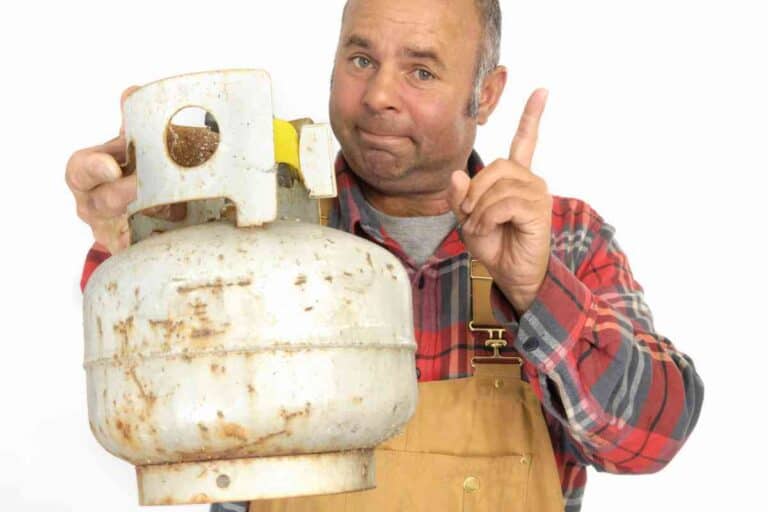
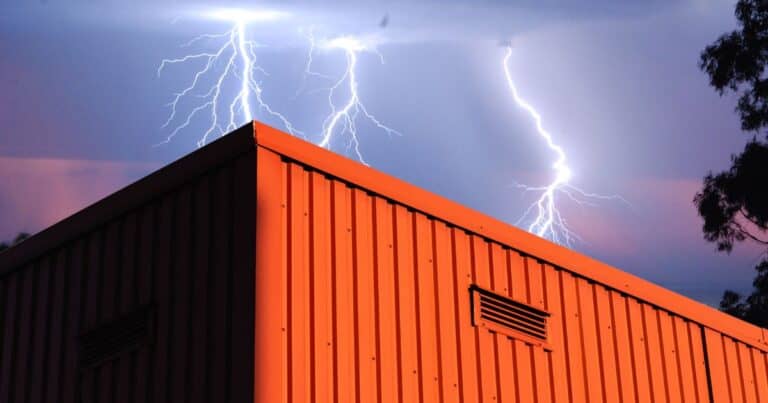
![Are Poplar Logs Good For Log Cabins? [And Why?!]](https://freedomresidence.com/wp-content/uploads/2022/05/Are-Poplar-Logs-Good-for-Log-Cabins-1-768x512.jpg)
